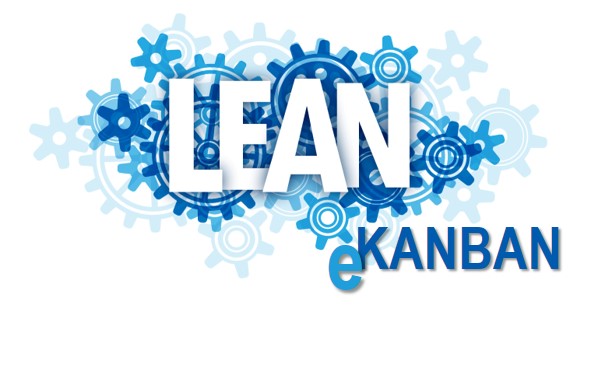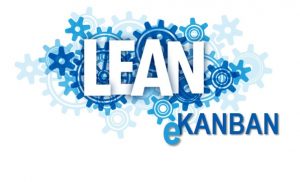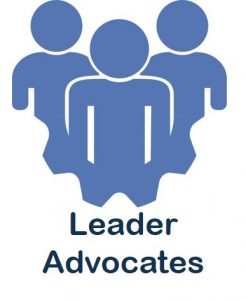Almost every manufacturer we talk to these days is in the process of implementing (or planning to implement) some sort of change in the way they approach operations: Theory of Constraints (TOC), Lean, Six Sigma, just to name a few. Our focus on demand-driven manufacturing tools and applications has given us a front-row seat to their efforts.
Related post: Is Demand Manufacturing Lean?
While the devil may be in the details, the most successful initiatives all have a few high-level elements in common:
 #1 Strong Executive Sponsorship. Executive sponsorship needs to be more than simply signing the invoices. CEO, CFO, COO…everyone in the C-Suite needs to show an understanding of the goals of the effort and what it’s going to take to reach those goals. While they don’t necessarily have to paint a happy face on the change required, they must take a “no turning back” attitude when talking to the troops, some of whom might be in a position to sabotage the initiative either knowingly or unknowingly.
#1 Strong Executive Sponsorship. Executive sponsorship needs to be more than simply signing the invoices. CEO, CFO, COO…everyone in the C-Suite needs to show an understanding of the goals of the effort and what it’s going to take to reach those goals. While they don’t necessarily have to paint a happy face on the change required, they must take a “no turning back” attitude when talking to the troops, some of whom might be in a position to sabotage the initiative either knowingly or unknowingly.
 #2 Clear Objectives and Governance. Everyone in the organization must understand the goals of the project and why it is important to the organization. This is especially true of team leads and departmental heads who may not be executive sponsors, but who will be instrumental in ensuring change happens at the execution level. Having strong executive sponsors can help ensure that the objectives of the program are communicated clearly and that the initiative has that next level of support.
#2 Clear Objectives and Governance. Everyone in the organization must understand the goals of the project and why it is important to the organization. This is especially true of team leads and departmental heads who may not be executive sponsors, but who will be instrumental in ensuring change happens at the execution level. Having strong executive sponsors can help ensure that the objectives of the program are communicated clearly and that the initiative has that next level of support.
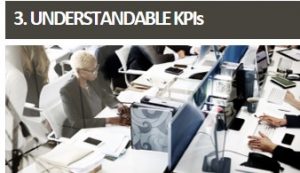 #3 Understandable KPIs. KPIs must be measurable and actionable. They must also be understandable. This is easier said than done as some long-time KPIs will need to be replaced with KPIs that may not make as much sense to someone who’s not yet been introduced to the new philosophy. For example, when implementing Theory of Constraints, efficiency no longer matters except at the constraint. To the individual who is always been measured by how much they produce, this can be a disconcerting concept.
#3 Understandable KPIs. KPIs must be measurable and actionable. They must also be understandable. This is easier said than done as some long-time KPIs will need to be replaced with KPIs that may not make as much sense to someone who’s not yet been introduced to the new philosophy. For example, when implementing Theory of Constraints, efficiency no longer matters except at the constraint. To the individual who is always been measured by how much they produce, this can be a disconcerting concept.
Related Video: Manage Manufacturing Constraints and Optimize Production Flow
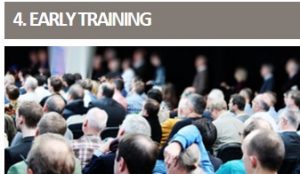 #4 Early Training. To head off misunderstandings and speed up the adoption of new concepts, project leads and those responsible for ensuring execution need to be trained early and thoroughly. This includes not only the what but also the why as they need to be prepared to provide full-throated support when the initiative is rolled out. Training should also be offered to individual workers, especially when new processes need to be followed, but that training should be targeted and focused.
#4 Early Training. To head off misunderstandings and speed up the adoption of new concepts, project leads and those responsible for ensuring execution need to be trained early and thoroughly. This includes not only the what but also the why as they need to be prepared to provide full-throated support when the initiative is rolled out. Training should also be offered to individual workers, especially when new processes need to be followed, but that training should be targeted and focused.
 #5 Change Management. Many of the elements we’ve covered so far are part of any successful change management program, so if you’ve covered these bases, you’ve made a good start. However, the most successful manufacturers understand that change is more a fact of life than it ever has been, and they make change management as much a “center of excellence” in their organization as whatever initiative they’re hoping to implement.
#5 Change Management. Many of the elements we’ve covered so far are part of any successful change management program, so if you’ve covered these bases, you’ve made a good start. However, the most successful manufacturers understand that change is more a fact of life than it ever has been, and they make change management as much a “center of excellence” in their organization as whatever initiative they’re hoping to implement.
Now it’s your turn. I’d love to hear your stories about change and how you have worked to ensure the success of transformative initiatives in your organization. What challenges did you overcome? What best practices did you develop along the way? Add your thoughts below!



